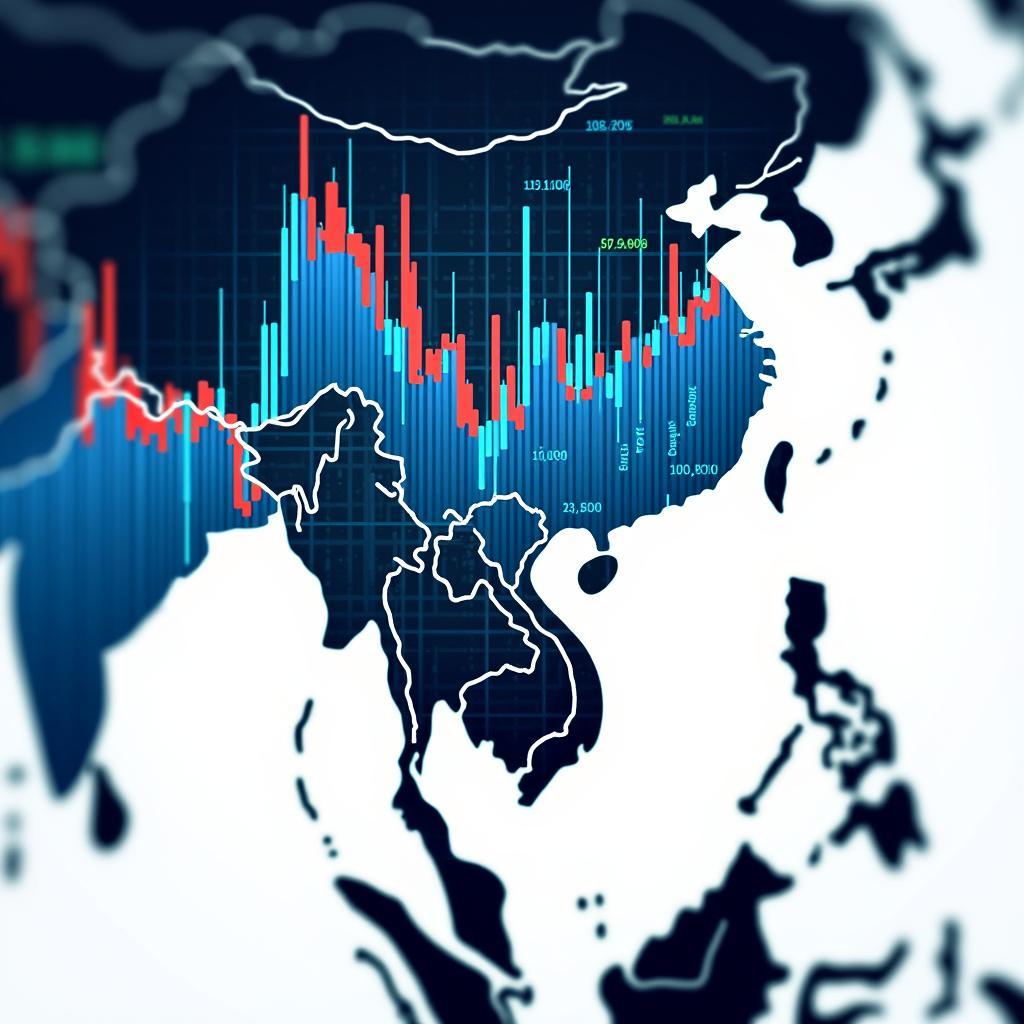The Association of Southeast Asian Nations (ASEAN) is a dynamic intergovernmental organization that plays a crucial role in fostering regional cooperation and integration in Southeast Asia. At the heart of ASEAN’s success lies a complex network of specialized bodies known as the Asean Bodies. These institutions work tirelessly to advance ASEAN’s goals and address a wide range of issues, from economic development to socio-cultural cooperation and political-security matters.
Understanding the Different Types of ASEAN Bodies
ASEAN bodies are broadly classified into three main categories:
1. Organs: These are the core components of ASEAN, responsible for its overall direction and decision-making. Key organs include the ASEAN Summit, ASEAN Coordinating Council (ACC), ASEAN Community Councils, ASEAN Sectoral Ministerial Bodies, and the ASEAN Secretariat.
2. Specialized Bodies: These bodies focus on specific areas of cooperation and contribute to the implementation of ASEAN’s objectives within their respective domains. Examples include the ASEAN Intergovernmental Commission on Human Rights (AICHR), the ASEAN Centre for Biodiversity, and the ASEAN Regional Forum (ARF).
3. Other ASEAN Entities: This category encompasses a diverse range of institutions, including committees, centers, institutes, and units established by ASEAN to support its work in various fields.
Key Roles and Functions of ASEAN Bodies
Each ASEAN body plays a distinct role in advancing the organization’s goals and objectives:
-
Developing and Implementing Policies: ASEAN bodies formulate policies and strategies to address regional challenges and opportunities. They also oversee the implementation of these policies, ensuring alignment with ASEAN’s overall vision.
-
Facilitating Cooperation and Dialogue: ASEAN bodies serve as platforms for member states to engage in constructive dialogue, share experiences, and build consensus on key issues.
-
Promoting Integration and Connectivity: Several ASEAN bodies focus on enhancing economic integration, strengthening connectivity, and promoting people-to-people exchanges within the region.
-
Enhancing ASEAN’s Global Profile: ASEAN bodies represent the organization in various international forums, advocating for ASEAN’s interests and promoting regional perspectives on global issues.
Notable ASEAN Bodies and Their Contributions
Let’s delve deeper into some prominent ASEAN bodies and their contributions:
ASEAN Secretariat
Headquartered in Jakarta, Indonesia, the ASEAN Secretariat serves as the administrative and operational hub of ASEAN. It provides support to ASEAN meetings, coordinates the implementation of ASEAN agreements, and facilitates communication among member states.
ASEAN Coordinating Council (ACC)
The ACC, composed of Foreign Ministers from ASEAN member states, plays a crucial role in coordinating cross-sectoral cooperation and reviewing the progress of ASEAN Community building.
 ASEAN Foreign Ministers' Meeting
ASEAN Foreign Ministers' Meeting
ASEAN Intergovernmental Commission on Human Rights (AICHR)
Established in 2009, the AICHR is ASEAN’s primary mechanism for promoting and protecting human rights in the region. It undertakes various activities, including human rights education and awareness-raising, to advance a culture of respect for human rights in Southeast Asia.
ASEAN Regional Forum (ARF)
The ARF is a key platform for dialogue and cooperation on political and security issues in the Asia-Pacific region. It brings together ASEAN member states and their dialogue partners to discuss regional security challenges and promote confidence-building measures.
ASEAN Centre for Biodiversity
Recognizing the region’s rich biodiversity, the ASEAN Centre for Biodiversity promotes the conservation and sustainable use of biological resources in Southeast Asia. It facilitates regional cooperation on biodiversity conservation, research, and capacity building.
Challenges and Future Directions
While ASEAN bodies have made significant contributions to regional cooperation and integration, they continue to face challenges, including:
-
Overlapping Mandates: The proliferation of ASEAN bodies has led to concerns about overlapping mandates and potential duplication of efforts.
-
Limited Resources: Some ASEAN bodies face resource constraints, which can hinder their effectiveness in implementing programs and achieving their objectives.
-
Decision-Making Processes: ASEAN’s consensus-based decision-making process, while promoting unity, can sometimes slow down progress on critical issues.
Addressing these challenges will be crucial for ASEAN bodies to effectively respond to evolving regional and global dynamics. Strengthening coordination, enhancing resource mobilization, and exploring innovative approaches to decision-making will be essential in this regard.
Conclusion
ASEAN bodies play a pivotal role in advancing the organization’s vision of a peaceful, stable, and prosperous Southeast Asia. By fostering cooperation, promoting integration, and addressing key regional challenges, these institutions contribute significantly to the well-being of the ASEAN community and its people. As ASEAN continues to evolve, its bodies will undoubtedly play an increasingly important role in shaping the region’s future.
FAQs
1. How many ASEAN bodies are there?
ASEAN has a complex structure comprising numerous organs, specialized bodies, and other entities. While the exact number can vary depending on the classification, there are dozens of ASEAN bodies working on various aspects of regional cooperation.
2. Where can I find more information about specific ASEAN bodies?
The ASEAN Secretariat website provides comprehensive information about the different ASEAN bodies, including their mandates, structures, and activities.
3. How can I get involved in the work of ASEAN bodies?
Depending on your area of interest, there might be opportunities to engage with ASEAN bodies through internships, research collaborations, or participation in events and programs. You can explore these opportunities on the websites of specific ASEAN bodies or the ASEAN Secretariat.
4. What is the role of dialogue partners in ASEAN bodies?
ASEAN has established dialogue partnerships with countries outside Southeast Asia to foster cooperation on a wider regional and global scale. Dialogue partners participate in some ASEAN bodies and contribute to discussions and initiatives related to their areas of interest.
5. How do ASEAN bodies address emerging challenges?
ASEAN bodies demonstrate flexibility and adaptability in addressing emerging challenges, such as pandemics, climate change, and cybersecurity threats. They develop new mechanisms, adapt existing frameworks, and collaborate with dialogue partners to respond effectively to evolving regional and global dynamics.
Need More Information?
We encourage you to explore the following resources for deeper insights into specific ASEAN bodies:
- Alamat gedung ASEAN di Jakarta
- Aeromart ASEAN Summit
- ASE Certification Experice
- ASEAN AICHR Banner
- 6 ASEAN Motto
Do you have more questions about ASEAN bodies or other aspects of Southeast Asia?
Contact us:
Phone: 0369020373
Email: [email protected]
Address: Thon Ngoc Lien, Hiep Hoa, Bac Giang, Vietnam
Our dedicated team is available 24/7 to assist you with any inquiries.


